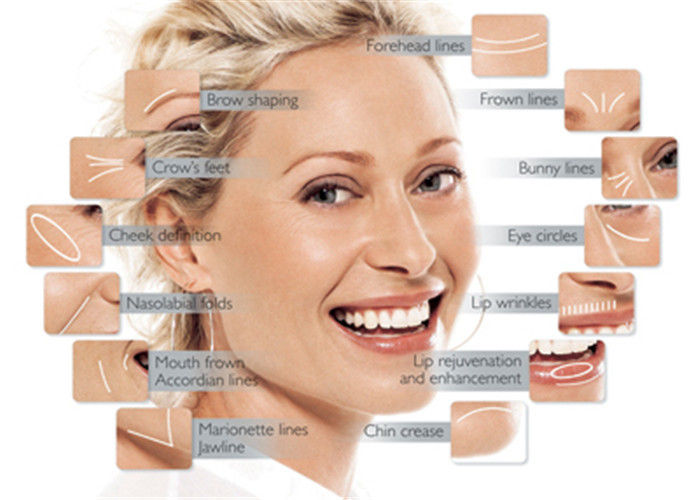Why Face Applications are Preferred ?
If we evaluate the face and its organ system as a whole, we see that this structure has the potential to contain many problems. If we classify the organs on the face, we see the covering organs including the eye, ear, nose, mouth, throat and skin, muscle and fascia that concern the whole.
If we examine the specific organs under another heading, the covering that includes the skin, muscle and fascia, which covers the whole, can be perceived as the showcase of the face. It's not enough to have a beautiful nose or lip, you need a healthy covering complex that gives it coordinated movement. We call this mimic formations that give the person characteristic features.
Everyone has uniquely specific facial expressions, such as fingerprints, that are congenital and/or acquired. Involuntarily, people always react to the same situation by working the same muscles. For example, the muscles that work in pain, joy, sadness, etc. make repetitive movements every time. Also, the positions of the facial structures in the neutral state are also important.
If we examine the diseases that threaten the face cover under groups, we can collect them under two main headings. Those that target muscles and nerves and cause deterioration, and events that target the whole structure and show their effect in a chronic process. There is no harm in qualifying these two groups as diseases. After all, they are events that require treatment and are the areas that people care most about.
What is Facial Nerve (Facial Nerve)?
It would be more explanatory to start the subject with facial nerve palsies. The nerve that controls all facial mimic muscles is called the facial nerve. After exiting from the nucleus in the brainstem, it proceeds with the auditory nerve in the ear bone. Passing through the middle ear, it sends separate fiber bundles to each muscle, coming out from under the posterior ear bone called the mastoid. Paralysis due to nerve damage mostly occurs in narrow channels in the ear and affects the entire face. The female patient you see in the introduction picture at the entrance is a patient with multiple total nerve damage for 15 years while an acoustic tumor was removed from the brain. I performed an operation to resuscitate the facial nerve by cutting the tongue nerve to this patient. In the picture, his right side is paralyzed, while in the other picture, he pushes his tongue to the right, creating a stronger musculature on the healthy side.
The application of force to natural posture mimics by gravity and/or mimics created by muscle power cause chronic curling of the skin at certain points over a long period of time. Another feature of the facial skin is that there is not much buffer tissue between the skin and the muscle. Therefore, muscle aggregations can be easily recognized from the skin. In summary, there is a chance to avoid lines by exercising the facial muscles correctly at a young age and by applications that will reduce the strength of some muscles. This is a method of protection that can be supported by Botox-filling. In nerve or muscle damage, the most accurate solution possible with surgery should be preferred.
What is the Importance of Examination in Fill-Botox Applications?
With the advancement of filling and botox technology, very valuable gains have been achieved in diseases such as facial paralysis, cosmetic disorders caused by aging and wrinkles. The basic principle is to achieve the best result by using the least amount of filler-botox products without disturbing the naturalness. This is a branch that requires study and experience in addition to anatomy knowledge. Wrong and unnecessary applications have the potential to create enormous vital and cosmetic risks.
Some facial deformities are the result, not the cause. For example, the deepening of the smile lines occurs in many cases due to cheek sagging over the cheekbone. It is not the right approach to fill the smile line instead of cheek filling, which is the main reason here. This filling may cause weight loss of the tissue and, on the contrary, more sagging. Incorrect application will have the opposite result.
The important part of the face-to-face meeting with your doctor is to determine the asymmetrical FSG points by face scoring. This is also a very important issue because one of the most important factors affecting the beauty of the face is symmetry - symmetry can be corrected by adjusting the filling ratios.
The topics covered here are for informational purposes only. The main thing is the communication between you and your doctor.










